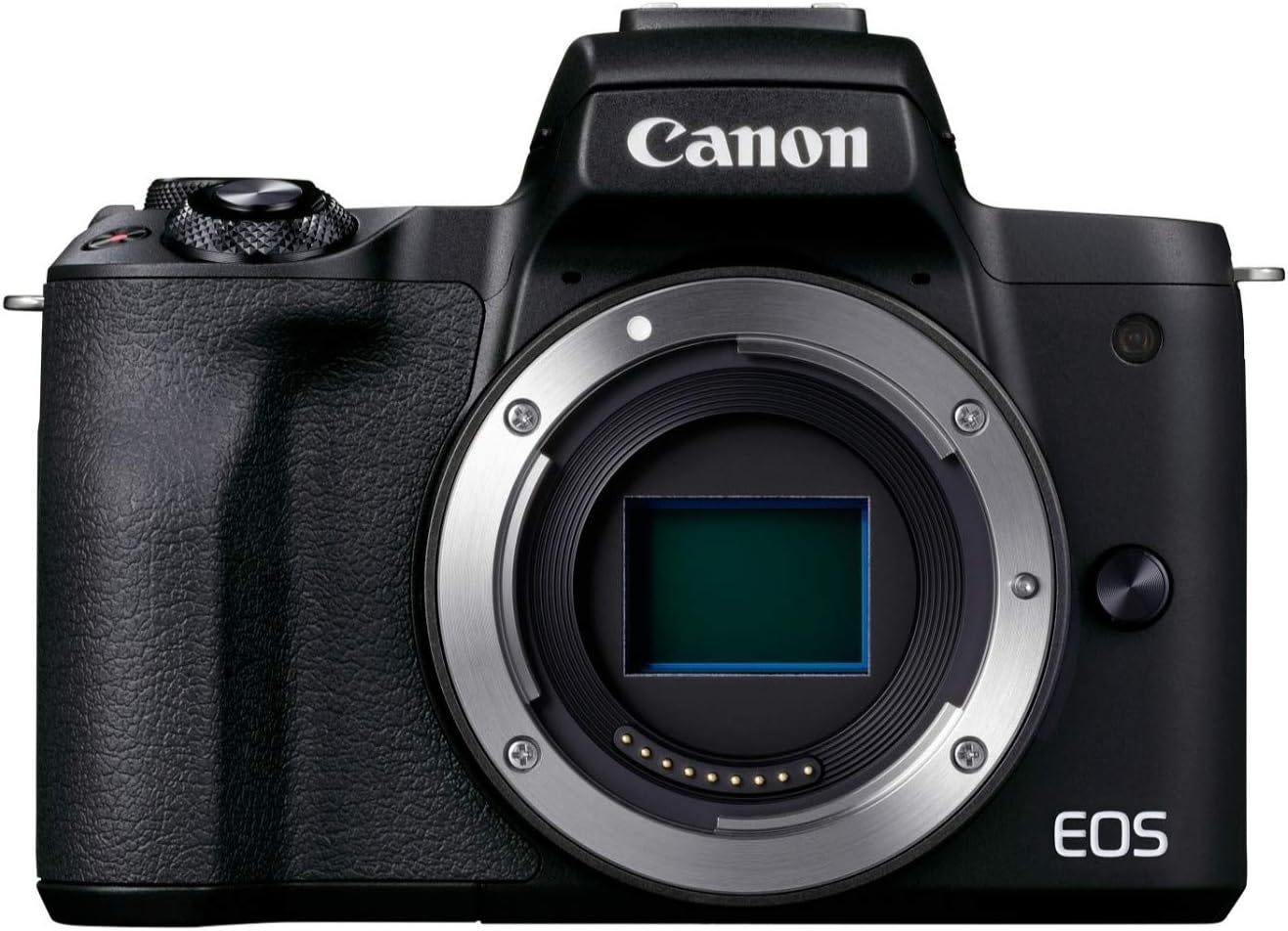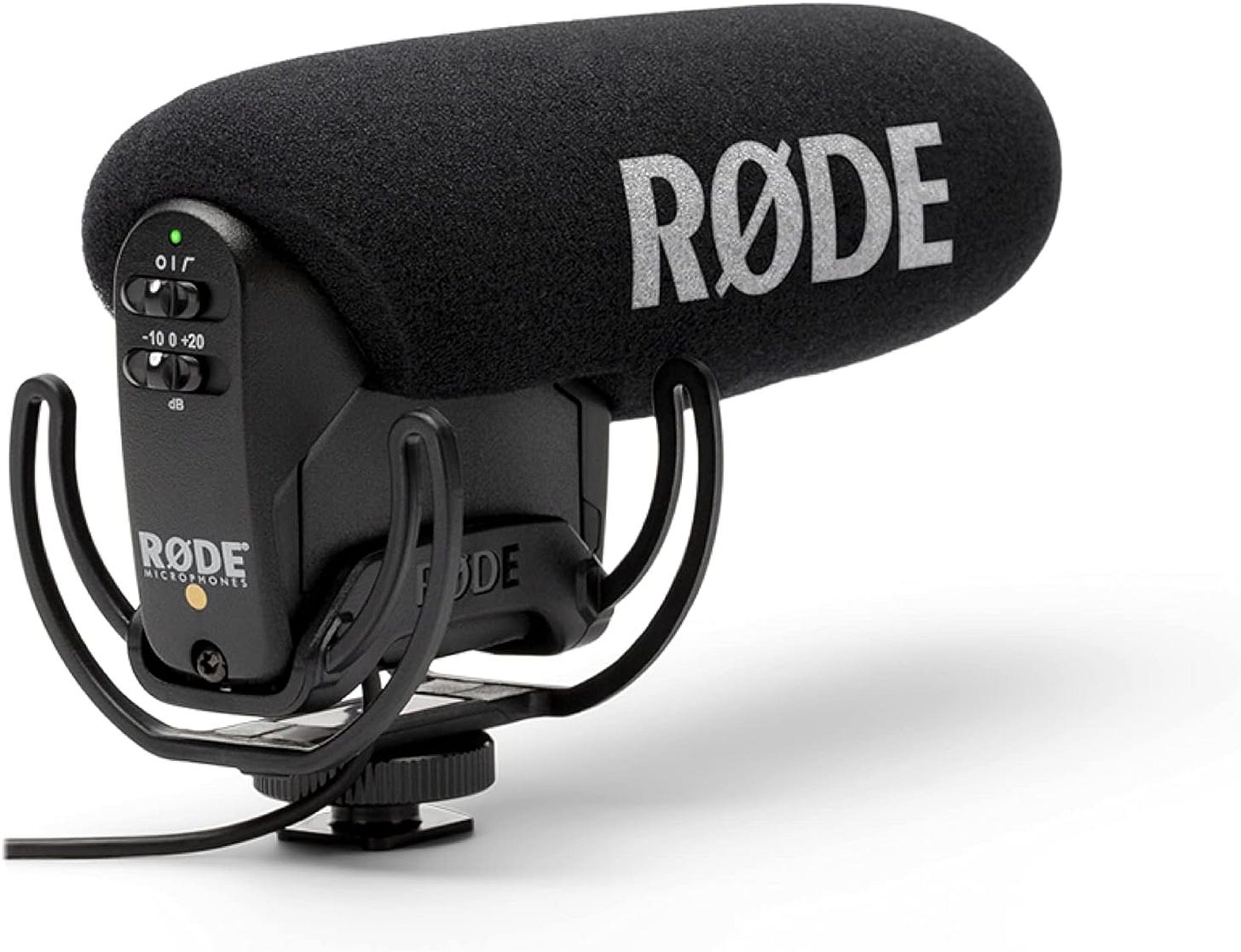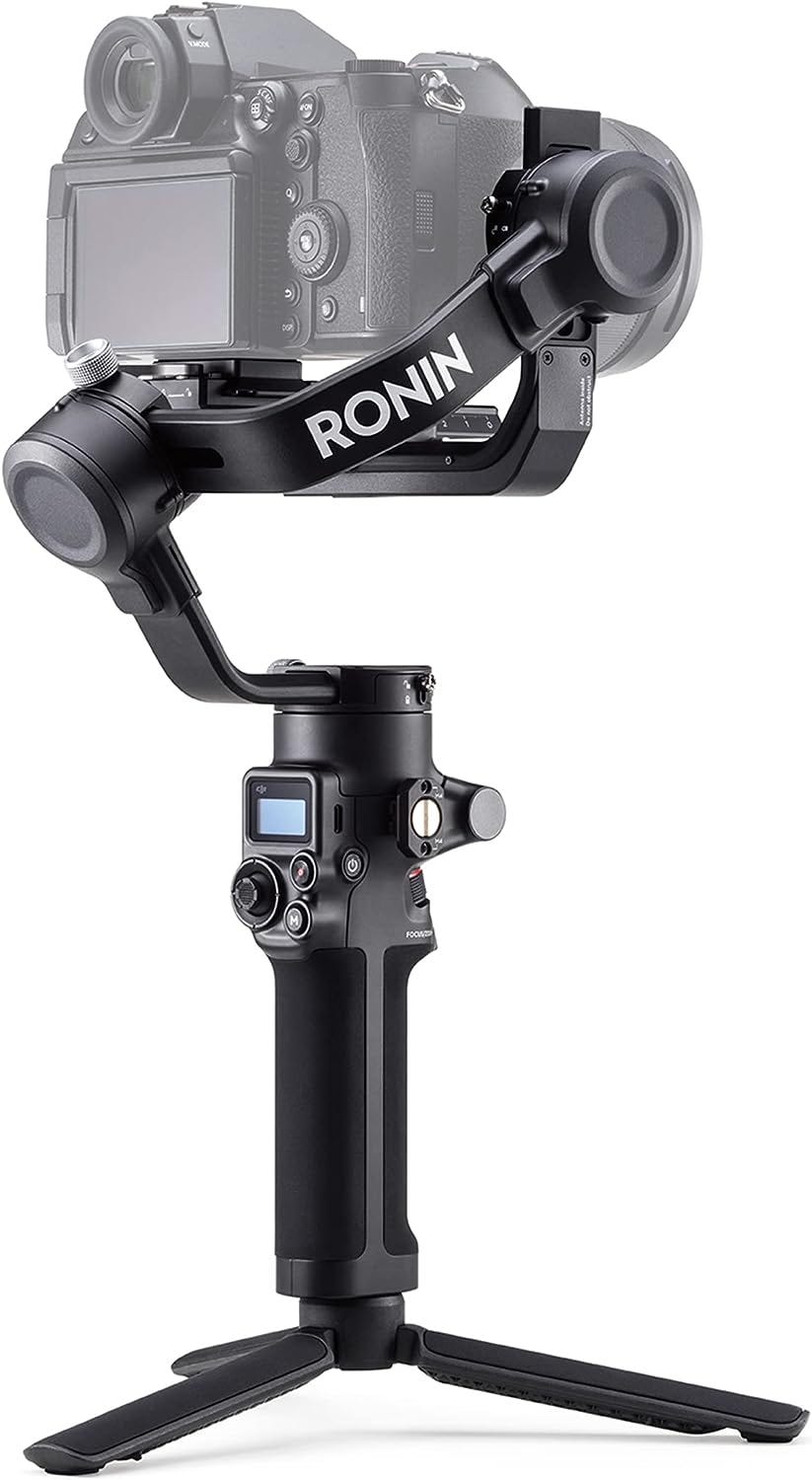The Best Cameras and Gear for Stunning Street Interviews
Street interviews offer a powerful way to capture the authentic voices, stories and perspectives of people from all walks of life.
These candid videos connect viewers to the human experience in a raw, unfiltered way that scripted content simply cannot match.
From documenting local culture and history to providing a platform for underrepresented groups, the impact of street interviews is both valuable and fascinating.
However, having the right camera equipment is fundamental for producing high-quality, engaging street interview videos that truly resonate.
Here are the essential gear you need and provide expert tips for conducting successful street interviews.
The Importance of Good Equipment
Investing in the proper equipment can make a significant difference in the quality of your street interview videos.
Here are some key pieces of gear to consider:
A Capable Camera
For a budget of $1,000-2,000, a mirrorless camera like the Sony a6400 or Canon EOS M50 Mark II is an excellent choice.
These compact yet powerful cameras offer great video quality, fast autofocus, clean HDMI output, and are ideal for run-and-gun street interviews.
Set your camera to manual mode with 1/60th shutter, native ISO around 800-1600, and a wide aperture like f/2.8 or f/4 for a shallow depth of field look.
A High-Quality Microphone
Clear audio is essential for engaging street interviews.
A shotgun mic like the Rode VideoMic Pro or a wireless lavalier system like the Rode Wireless Go II can capture crisp, clear audio even in noisy environments.
A Gimbal Stabilizer
Smooth, stable footage is crucial for professional-looking street interviews.
A gimbal stabilizer like the DJI RS 2 or Zhiyun Weebill S can help you capture buttery-smooth handheld shots while on the move.
Tips for Running Successful Street Interviews
Location and Lighting
Choose a location with good lighting and foot traffic.
Natural light is often best, but be mindful of harsh shadows or backlit situations that can cause exposure issues.
Ask Open-Ended Questions
Prepare a list of open-ended questions that encourage interesting and spontaneous responses from your subjects.
Ask follow-ups to draw out more details.
Be Adaptable
While having a plan is important, be prepared to adapt and go with the flow.
Street interviews can be unpredictable, so stay flexible and open to new opportunities as they arise.
Frame Your Shots
Pay attention to your framing and composition.
Leave headroom and look room for your subjects, and keep the visuals interesting by varying your angles and shot types.
Get Consent and Releases
Always obtain verbal consent from your subjects before filming, and be sure to get proper release forms signed if you plan to use the footage commercially.
Monitor Audio Levels
Continuously monitor your audio levels during recording to ensure you're capturing clear, distortion-free sound.
Use headphones and adjust mic positioning as needed.
Post-Production Tips
Keep It Concise
When editing your street interview videos, aim for a length of 2-3 minutes to keep viewers engaged.
Set up chapters or segments for longer videos.
Be Selective
Only use the best, most interesting clips in your final edit.
Cut out filler, rambling moments, or less compelling soundbites.
Edit with Rhythm and Flow
Use music beds, sound effects, graphics, and pacing to create a compelling rhythm and flow in your edit.
Software like Adobe Premiere Pro and DaVinci Resolve offer powerful editing tools.
Color Grade
Apply creative color grading to set the mood and stylize your footage.
Lumetri in Premiere and the Node editor in Resolve both allow for rich color adjustments.
Format for Platforms
Ensure your videos are properly formatted, compressed and optimized for platforms like YouTube, TikTok, and Instagram where street interviews often thrive.
And That’s It
Follow these tips and invest in the right camera gear.
It will help you create stunning street interview videos that captivate your audience and showcase the vibrant stories of your community.
-Hakan.






